Best National Parks For Mushroom Hunting
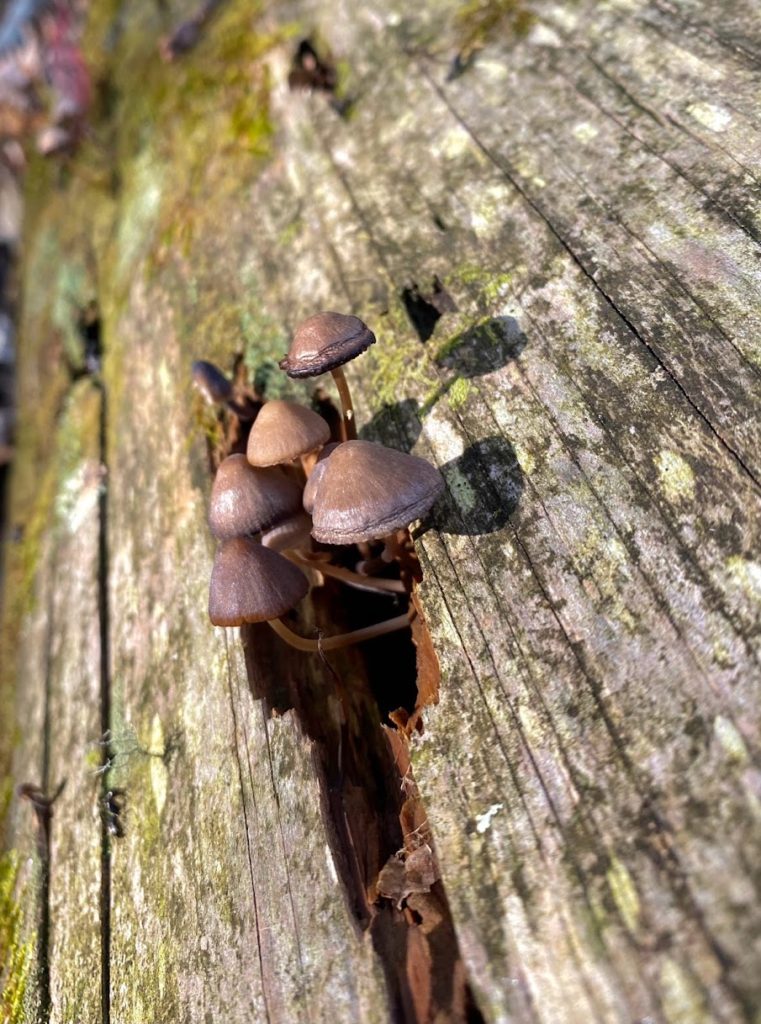
National Park Fungi Find
Parks are a great place to find fungi, just make sure to check with park officials to confirm where they approve of foraging. Some parks require a permit and limit the amount of mushrooms you can take. But if you’re like me, you just like to document the ones you find. Here are a few good National Parks to check out along with the seasons. If you’re looking for guided National Park adventures head over to COMO-GO for all your adventure itinerary needs.
Best Season For Mushrooms
Many species of mushrooms are available all year round, although spring and fall are generally the best seasons to forage. There are particular species that emerge at very specific times, often related to moisture and temperature. If you’re interested in collecting a specific type of fungi, I encourage you to research it’s ideal climate so you increase your chances of finding it. From my experience, it seems in most cases, the amount of fungi activity is directly related to moisture in the ground. The wetter, the better!
Where To Find Mushrooms
“It is not down on any map; true places never are.”
-Herman Melville
Olympic National Park – Washington
Olympic National Park is on Washington’s Olympic Peninsula in the Pacific Northwest. The park covers several different ecosystems, from the tall peaks of Mt Olympus to old-growth forest. With over 3000 miles of rivers and streams, 60 named glaciers, 73 miles of wilderness coastline, and the most precipitation of any national park… Its safe to say there is plenty of moisture in the ground.
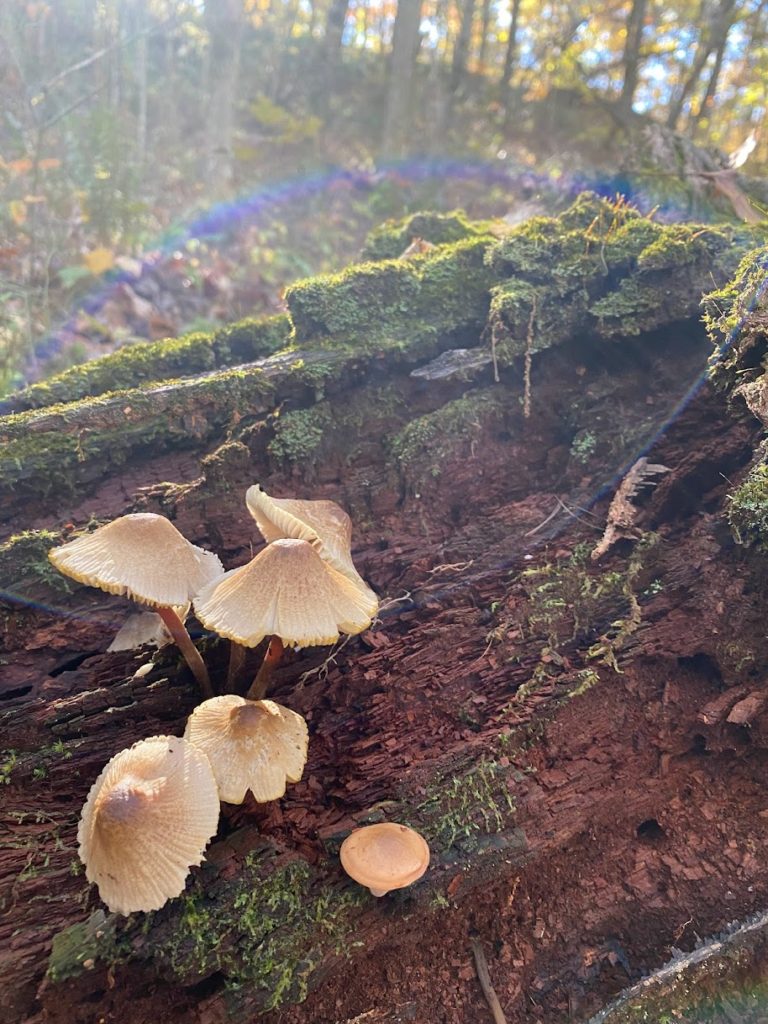
Mushroom Hunting in National Park
Yosemite National Park – California
Wildfires do have a few upsides, one of them being that mushrooms flourish afterwards. Fire is natural and essential. That’s why Yosemite Park Rangers manage it carefully and study how it interacts with the park’s ecosystems. They also step in and protect the park from man made fires. For a good idea where to look, check with the national park service to see where they have recently done a controlled burn.
Hot Springs National Park – Arkansas
This hidden ecological gem has been federally protected since 1832 (some consider it the oldest national park). Although it’s the smallest national park it’s also one of the most accessible. It’s also surrounded by great National Forests that are just as great for foraging. These Nationally protected areas don’t charge a fee for entry and offer free mineral water for drinking.
Shenandoah National Park – Virginia
Shenandoah National Park has over 500 miles of trail, including a 101 mile section of the famous Appalachian Trail. The park supports over 400 species of fungi. Logging over 1,300 species of vascular plants, with fewer than 100 of these being trees and shrubs. The dominant forest type is oak-hickory, with cove hardwood and spruce-fir. Morels are a popular spring edible in Shenandoah, but edible mushrooms constitute only a small fraction of the fungus species within the park.
Great Smoky Mountain National Park – Tennessee
Great Smoky Mountains National Park is the most visited national park in America. There have been more than 1/2 billion visitors since 1934. More than 10,000 species of plants and animals are known to live in the park, and estimates as high as an additional 90,000 undocumented species may also be present. Great Smoky Mountains National Park has among the highest diversity of fungi in North America. There are more than 3,000 documented species, probably a significant underestimation of the true numbers according to fungi experts, or mycologists.
Learning to Identify Fungi
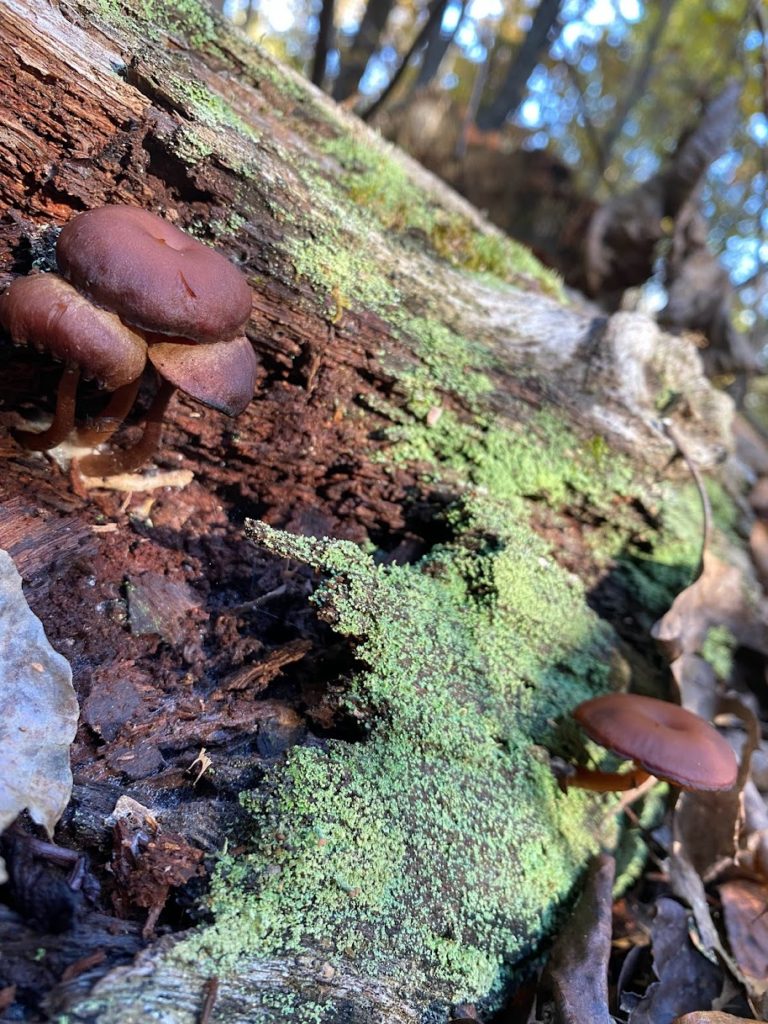
Fungi Photo Shoot
Reddit & Facebook Groups are a great place to share photos and compare notes with other foragers. When looking for assistance in identification here are a few suggestions to help you get a more specific identification of your new finds. Taking clear pictures from a variety of angles helps get an accurate identification but also note the following:
-
HABITAT
What trees are in the area? Where Is the mushroom growing from? Could be the ground, an old log, or a pile of manure.
-
SEASON
Many species are more likely to be found in the spring than in the fall and vice versa.
-
CAP
It’s helpful to take note of the color, shape, size and any markings on the cap.
-
STALK
Make a note of the length, thickness, color or even absence of the stalk.
-
GILLS – PORES – TEETH
The underside of the mushroom is just as important as the cap when it comes to identification. Just like a fingerprint they are unique and intricate.
-
SPORE COLOR
The gills produce microscopic spores which help spread the fungus. Spore color can be determined by creating a spore print. (Click here for instructions.)
-
BRUISING
Mushrooms often change color or “bruise” when touched or scratched.
-
SMELL
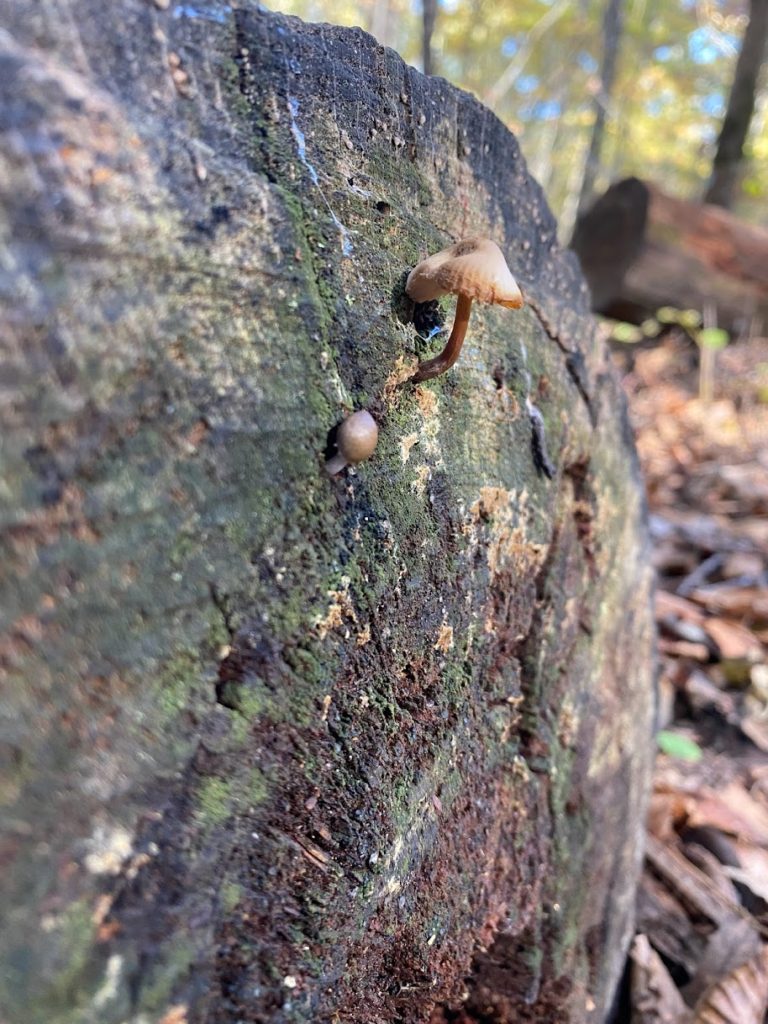
National Park Fungi
Mushrooms can range from fruity, or earthy to downright stinky. In addition to aiding in identification, the smell can also indicate the age and quality of a specimen, which can be essential knowledge when dealing with edible mushrooms.
When digging up mushrooms it’s also recommended to dig carefully around the root and not to pluck it like a flower. The underground structures can provide information critical to identification.
Want to do more than wonder? You can help out any time you go out for a hike by using apps like iNaturalist to share photos and locations of the fungi and other species that you see. The iNaturalist community identifies and verifies what’s in the photos, so that your sightings can serve to fill in the blanks about what species occur where. Contact COMO-GO for all your adventure vacation needs.
No matter what your fascination with fungi – Happy Hunting!


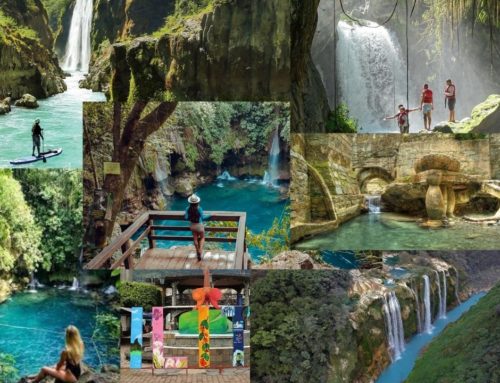


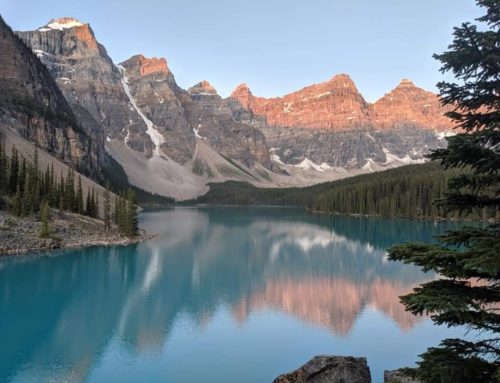
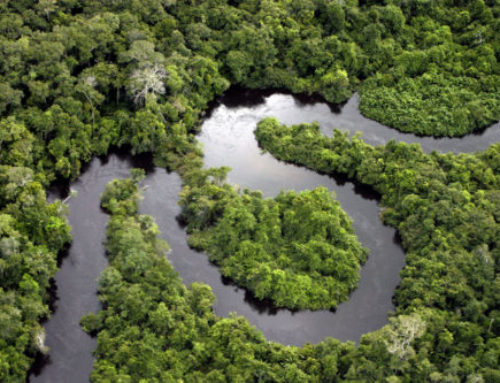
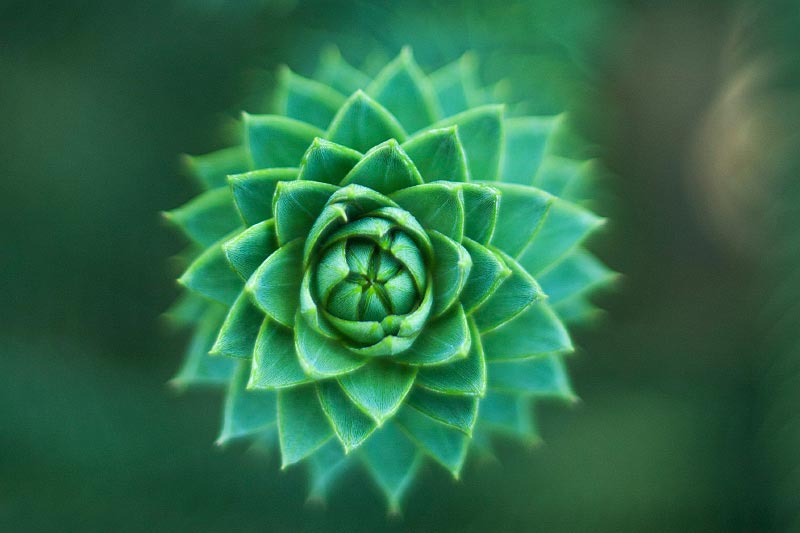

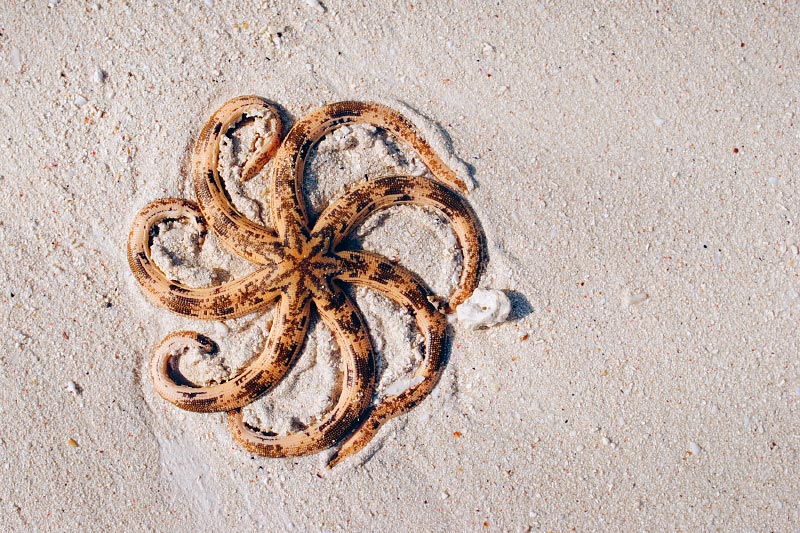



Keep In Touch